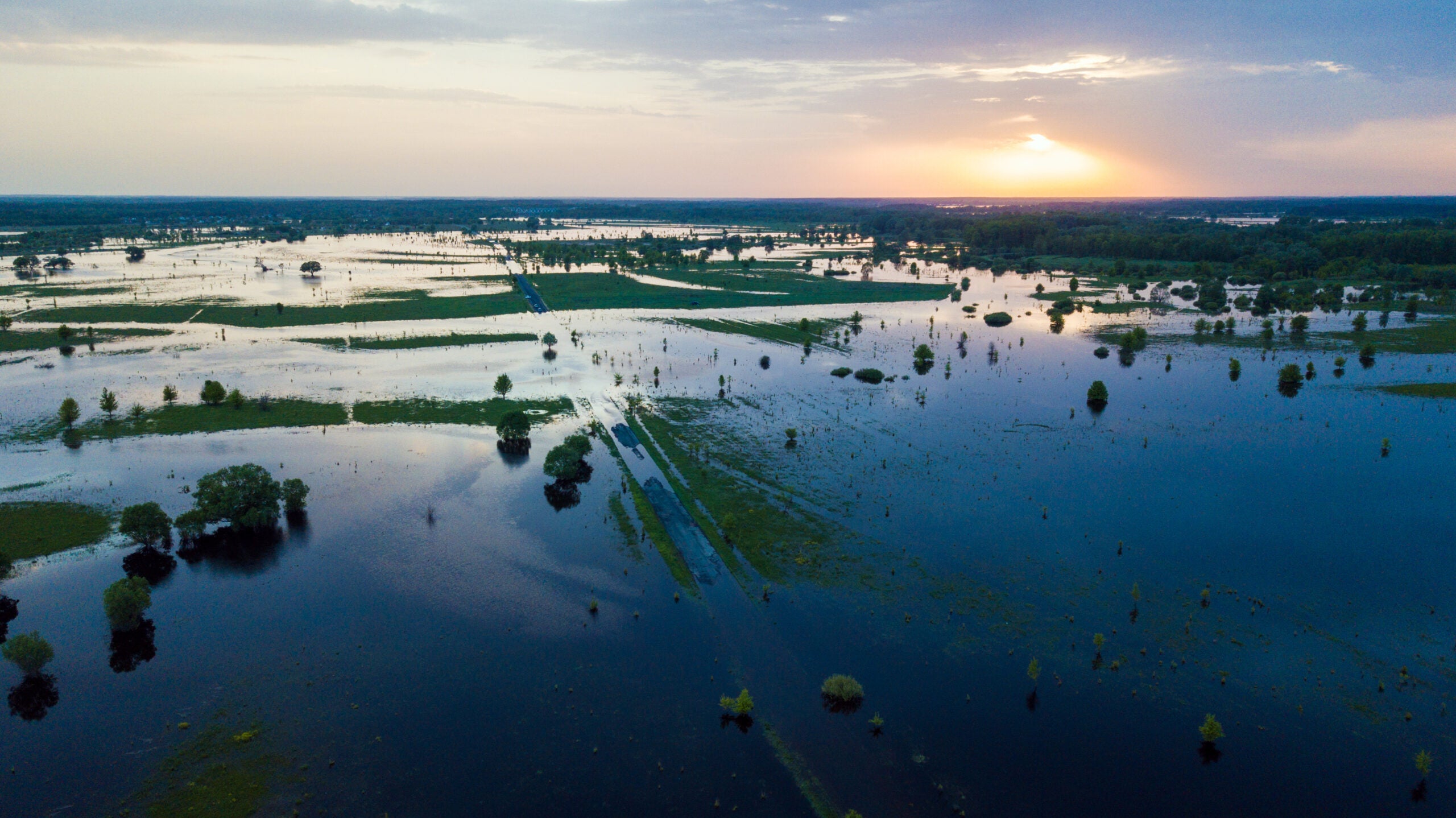
The integration of climate science and catastrophe modelling could benefit society, according to a new report by The Geneva Association.
Catastrophe risk modelling is a technique that uses computer-assisted calculations to estimate the losses that could occur as a result of a catastrophic event such as a hurricane or earthquake.
It has already revolutionised the way insurers assess, price and manage disaster risks, but its benefits could be extended by incorporating the technique into climate change management.
Predicting and managing the possible impacts of climate change is more important than ever, especially considering recent UN warnings that the planet only has 12 years to limit the temperature increase to a maximum of 1.5C to avoid devastating effects.
How catastrophe modelling could be paired with climate data
A recent research report from The Geneva Association, an insurance industry think tank, looked at how the technology could be applied to different climate change scenarios. By combining catastrophe modelling with the latest climate science, observational capabilities and emerging technologies, it could be used to better understand the impact of weather-related risk on assets, operations and investments.
This can then be used to develop risk management measures to address such risks. They could be extended to assess and mitigate extreme weather risk across the life cycle of infrastructure projects, enhancing infrastructure climate resilience and offer additional risk transfer and investment opportunities.
How well do you really know your competitors?
Access the most comprehensive Company Profiles on the market, powered by GlobalData. Save hours of research. Gain competitive edge.

Thank you!
Your download email will arrive shortly
Not ready to buy yet? Download a free sample
We are confident about the unique quality of our Company Profiles. However, we want you to make the most beneficial decision for your business, so we offer a free sample that you can download by submitting the below form
By GlobalDataAnna Maria D’Hulster, Secretary General of The Geneva Association, said:
“Cat modelling is more relevant than ever. As the effects of climate change become more severe, the insurance industry must keep up with market demand and anticipate future changes through the advancement of risk analytics. Cat models can assist insurers and policymakers develop a thorough understanding of the costs and implications of catastrophe risk.
“Few sectors of the economy play a role as intense in catastrophe recovery as insurance; therefore, the industry should strive to continually strengthen the predictive power of its Cat modelling capabilities.”
The report also recommended that the next generation of catastrophe models should embrace systems-based thinking, by connecting them with other modelling systems such as those applied in economic analysis, the water-food-energy nexus and infrastructure and health systems.
This could result in better understanding of feedback loops across different sectors, and lead to improved policymaking, planning and risk management decisions.







